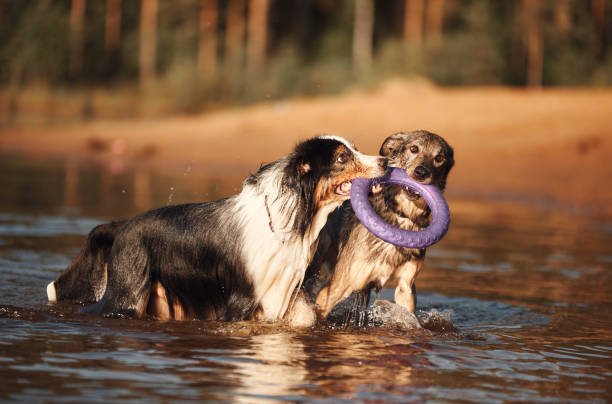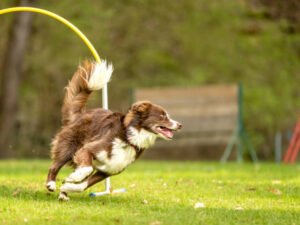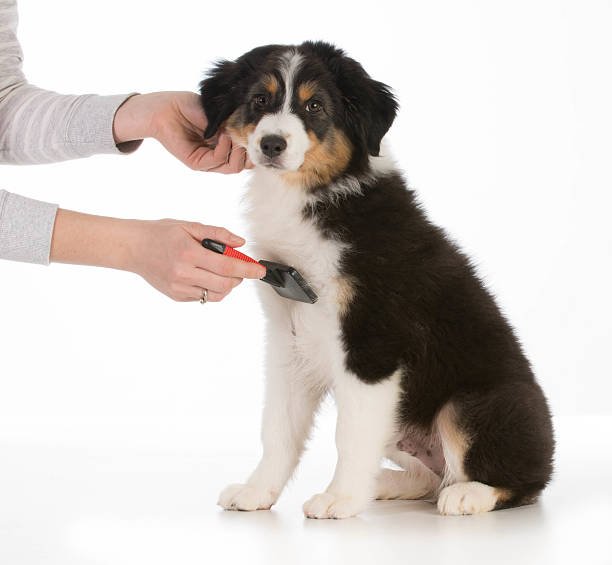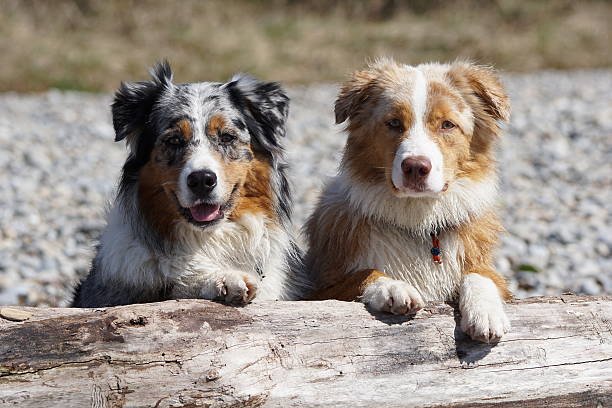
Training
Training Training Last updated July. 30, 2024 – Written by Asad Ali Hashmi Training To train an Australian Shepherd, you have to use their intelligence
Last updated July. 30, 2024 – Written by Asad Ali Hashmi

To train an Australian Shepherd, you have to use their intelligence and energy almost without end! However, there are many strategies that will prove helpful in training an Australian Shepherd.
Basic Principles
Basic Commands

Advanced Training
Dealing with Challenges
Training an Australian Shepherd is a great experience because it loves to learn and work. Perseverance with positive tactics and efforts allows them to perform effectively in different activities as well as exist like a loving pack member.
Australian Shepherds are trainable; however, owners find them to be enjoyable dogs because of their intelligence and willingness to please. Some important tips to efficiently train them are:
 Start Early: Try starting training and socialization as soon as you can. Puppies are more versatile and can easily be taught simple instructions as well as social skills.
Start Early: Try starting training and socialization as soon as you can. Puppies are more versatile and can easily be taught simple instructions as well as social skills.
Consistency: Australian Shepherds respond well to firm and consistent guidance.
Reward Systems: Reward your pet with treats, toys, and praises for exhibiting the wanted behaviors. They love rewards and are driven by positive encounters.
Challenge Them Mentally: Give them lots of mental challenges to keep their minds thinking. The need for mental stimulation can be met with puzzle toys, training sessions, and learning new tricks.
Physical Activity: Perform physical exercise on a certain schedule. They are high-energy dogs and require regular exercise in order to help them focus on learning new skills.
Training Versatility: Australian Shepherds enjoy learning new tasks and tricks. Keep them active and engaged by varying training routines or including other combined activities.
Socialize: Introduce them to all types of people, animals, and environments so that they become self-assured enough for fearfulness or aggression.
Handling Stubbornness: Aussies are usually very eager to please, so they’re easy to train for a high-drive working dog, though occasionally stubborn. Personality can vary between dogs and during the early years of life, temperaments may be difficult even within the same litter! The best thing you can do during difficult exercises is to just be patient and take your time.
Professional Training: Get them into a training class or consider working with a trainer if you’re dealing with especially difficult behaviors.
Incentive Positive Behavior: Make it a point to regularly encourage good behavior which will help in building positive habits and save you from recurring bad behavior over time.
When combined, you can train your Australian Shepherd well enough to be a behaved dog as they are extremely intelligent, loyal, and active dogs

Training Training Last updated July. 30, 2024 – Written by Asad Ali Hashmi Training To train an Australian Shepherd, you have to use their intelligence

Health and Care Health and Care Last updated July. 30, 2024 – Written by Asad Ali Hashmi Health and Care Exercise Requirements: Very high; lots

Grooming Grooming Last updated July. 30, 2024 – Written by Asad Ali Hashmi Grooming Solid doodle types will only need a brush once per week,

History History Last updated July. 30, 2024 – Written by Asad Ali Hashmi History Australian Shephered is a breed of livestock dog that was developed

Australian Shepherd Australian Shepherd Last updated July. 30, 2024 – Written by Asad Ali Hashmi Introduction & Overview The Australian shepherd commonly called by its